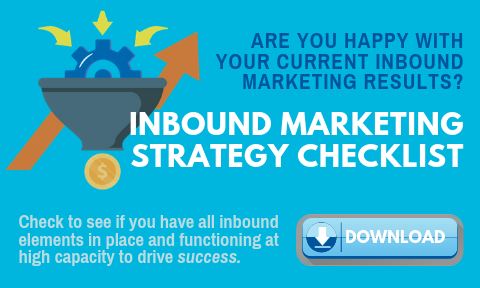6 Barriers to Lead Generation for Professional Employer Organizations
Too many Professional Employer Organizations (PEOs) are ignoring the obstacles to lead generation and turning conversions into customers. The primary...


I’ve recently learned that nothing makes a room fall silent more quickly than asking a group of sales managers, “Who here is in charge of lead generation?” Typically, the person in charge of lead generation is the same person who is in charge of setting appointments, finding needs, coming up with solutions, building proposals, making presentations, getting the contracts signed, ensuring that the contracts are fulfilled, and picking up the checks: the salesperson.
Juggling all of those responsibilities, it is nearly impossible for them to put the right kind of time and effort into lead generation. Sales managers do a good job of tracking pending business. They study where that business is in the pipeline and they traditionally place all sorts of accountability on the total number of proposals, average number of new accounts, average new order size, total billing, and total attrition. These are all important metrics, don’t get me wrong. But they are also narrowly focused on only the middle and the end of the sales process.
What if there was greater accountability placed on the beginning of the sales process as well? Imagine if you had a lead generator who regularly handed off sales-ready, qualified leads to sales reps and the accountability was shared between the two. If you want to get serious about lead generation, then you need to put some accountability against it. You need to measure it, track it, and put goals against it.
Much more than just a buzz word, “lead generation” is a critical piece of the sales success formula. Whether you’re dedicated to outbound, inbound, or both, you must have a clear plan for lead generation in order for it to be successful, and that plan must include specific goals and expectations.
An important piece of every successful lead generation strategy is inbound marketing. Inbound marketing allows you to take control of lead generation and follow the lead all the way from first engagement to the point of becoming a customer. By practicing inbound marketing, you are able to hold Marketing accountable for driving sales-ready leads that meet an ideal customer profile, while also holding Sales accountable to closing that lead and growing customers.
By separating lead generation from sales, you actually increase accountability in both areas. Life is good when lead generation is working. Once a lead generation system is in place and is feeding the sales team quality leads on a regular basis, the salespeople are finally able to spend more time in front of clients and prospects doing what they do best: finding needs and selling solutions. They exchange the hours of frustration once wasted trying to convince someone to meet with them for increased time in front of clients generating sales and producing the ROI they need. You can’t beat that!
As the old saying goes, “The best time to plant a tree is twenty years ago. The next best time to plant a tree is TODAY!” Today is a great day to start your lead generation initiative. Plant that seed.

Too many Professional Employer Organizations (PEOs) are ignoring the obstacles to lead generation and turning conversions into customers. The primary...

Let’s say your blog is a shiny, new racecar. You’re dying to take it out for a spin… but not so fast. You can’t drive a car without any gas in it,...

Lead generation is a critical and beneficial marketing strategy, helping businesses cultivate contact lists of dedicated customers when online...